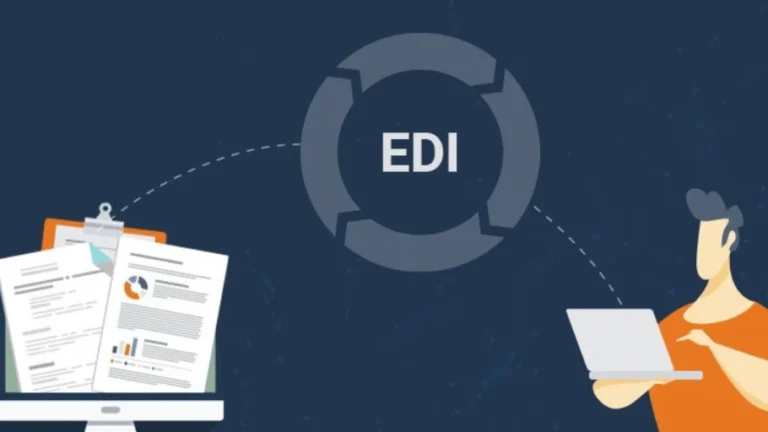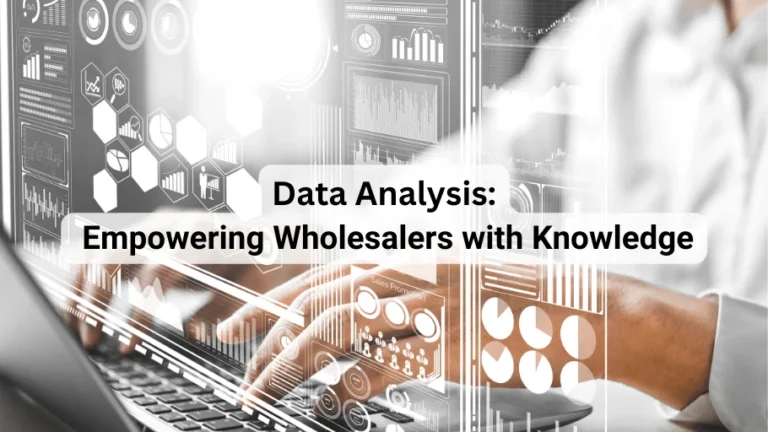A usable ERP software is a user-friendly system that helps the management of wholesale operations. The usability of an ERP system can determine the efficiency and productivity of your wholesale business.
In this guide, we highlight why ERP system usability is important for wholesalers.

Understanding ERP System
An ERP software for wholesalers is a centralized platform that manages all core business processes. It handles tasks like inventory tracking, order management, and financial management.
ERP integration streamlines wholesale operations by unifying different processes into a single system. This promotes efficiency and accurate operations management. It also enhances decision-making capabilities by providing real-time data across the entire business.
Enjoying the benefits of an ERP system depends on the useability of the software. A usable ERP system is straightforward, easy to use, and has an intuitive design. Understanding the features of a usable ERP system will help you make the best choice for your wholesale business.
Factors That Make an ERP Usable
Navigation
Here’s what the ERP system should have:
Intuitive Interface
Consistent Design and Terminology
Good Search Function
Integration
A well-integrated ERP system can also offer a comprehensive overview of your business. You can check inventory, sales, finances, and customer interactions all in one place. This complete view makes it easier for you to make informed decisions and plan strategically, driving your business forward.
Customization
Each wholesale business is unique and has different needs. For ERP software to be useable, it needs to offer customization processes. This will allow your wholesale business to tailor the ERP system to your specific needs.
Customization can take many forms. It could entail adding new features tailored to your operations. For example, your wholesale business might need a feature for tracking product seasonality in your inventory management software.
Customization could also mean modifying the ERP system’s layout to align with your workflow better. In some cases, it might involve integrating third-party software for expanded capabilities.
Task Completion
A user-friendly ERP system streamlines task completion, boosting efficiency in daily operations.
We highlight the features that can aid task completion:
- Workflow Automation: Workflow automation reduces manual labor by automating routine tasks. It can set triggers for certain actions based on predefined conditions. This automation saves time and reduces the potential for human error, enhancing productivity.
- Task Management: Task management features in an ERP system help organize and track work within a wholesale business. They allow for assigning tasks, monitoring progress, and adjusting schedules. These features help keep tasks on track.
Accessibility
ERP software that offers mobile adaptability is particularly important. This enables users to stay connected and informed when they are out of the office. This is especially beneficial for employees who need to access real-time data on the go, like warehouse managers.
Scalability
Why is Usability Important?
We outline why your wholesale business should choose a usable ERP system:
Efficiency
Improved efficiency in wholesale operations can also reduce expenses. By automating tasks and streamlining processes, a user-friendly ERP system optimizes resource use. This enhanced efficiency leads to reduced labor costs and minimized errors, which can lead to cost savings.
Business Productivity
Collaboration
User Satisfaction
Adoption and Training
Data Accuracy
An intuitive ERP system ensures easy access to accurate data. When information is organized and accessible, users can find the data they need without confusion or delays. This accessibility reduces the reliance on incorrect information, enabling decision-making on accurate data.
Empowering Wholesalers with an Intuitive ERP System
Salesorder offers usable ERP software designed for wholesalers, supporting the optimization of operations.
Our ERP software is intuitive, user-friendly, and customizable. It integrates with various other systems, reducing manual tasks and increasing data accuracy. The accessible and mobile-adaptive design means you can manage your business anytime, anywhere.
With our ERP system, you can learn our software in days and deploy it in weeks. This quick integration ensures you can immediately start benefiting from our usable ERP system. We also provide full training and support to assist you every step of the way.
Get in touch to start optimizing your wholesale business with our ERP software.





